What is a Celiveo Virtual Printer (CVP)? ![]()
![]()
![]()
The CVP is a module that is deployed on a user’s workstation, so that they can print to and release print jobs on Celiveo enabled-printers. On the Web Admin, you add a Celiveo Virtual Printer (CVP), set it up for serverless pull printing or server based pull printing, and generate a deployment package. Later on, you use the deployment package to install the CVP on a Workstation.
Before you begin…
Typically, a different printer driver is required for each printer. In order to make the most of pull printing, you need universal printer drivers that can support a fleet of printers. While adding the virtual printer, you may need to upload such a universal printer driver to the Celiveo Virtual Printer. The Add Printer wizard launches the Discovery Agent to enable you to import the driver from the workstation you are running the wizard on. So before you start, make sure that the workstation you are working on has the required printer drivers installed on it.
1. Start the Add Printer Wizard
- At the Main menu, click
.
- At the Printer menu, click
.
- At the Add Printer menu, click
. The Add Printer Wizard starts.
Important: If you are using a Remote Desktop Connection, in order for your Celiveo Virtual Printer to be the Default printer, make sure you uncheck the Printers option in the Local Resources tab of the Remote Desktop Connection settings.
2. Specify Virtual Printer Options
- Specify a name for the CVP deployment package. After you add the Printer, you can download the deployment package and install it on a workstation.
- Click [Next>]. The next page displays.
- Click [Auto Update] to enable automatic update of Virtual printer settings.
Auto Update
The table below describes which actions are performed when Auto Update is enabled and when it is not.
| Nb | CVP Action | Auto-Update OFF | Auto-Update ON |
|---|---|---|---|
| 1 | If switch “-nodpq” is not in effect: | X | |
| Update the CSS settings | X | ||
| Delete stall queues drivers and reinstall the current queues | X | ||
| 2 | Update Cost profile for each print queue | X | |
| 3 | Get Groups and OU information of current user | X | X |
| 4 | If the database cannot be reached, try to update the primary connection string from Web Admin | X | X |
| 5 | If opening a connection to the primary database fails, monitor the connection and when it is available restart from step 3 | X | X |
| 6 | Check the CVP configuration file and update it if needed | X | X |
| 7 | Get the tags and their names | X | X |
| 8 | Get the tags applying to this user (User tags, Groups tags, OU tags, IP tags) | X | X |
| 9 | Set CVP capabilities (Print-Direct, Pull Print or both) | X | X |
| 10 | Store CVP local settings | X | X |
| 11 | Store CSS settings to registry | X | X |
| 12 | Get the tags combination that will be used for the user based on priorities | X | X |
| 13 | Update primary and secondary DB connections strings for CVP and CSS if applicable | X | X |
| 14 | Get the tags available for the user | X | X |
| 15 | Load the local print drivers | X | X |
| 16 | If any queue needs to be installed and switch “-nodpq” is not in effect: | X | |
| Update the CSS settings | X | ||
| Delete stall queues drivers and reinstall the current queues | X |
- Select [Pull Printing] and clear [Print-Direct].
- You can choose either the Local (HDD of user workstation) or Remote server to store the print jobs.
- Enter the default NETBIOS domain name.
2.1 To store print jobs on local drive:
- Click
icon to store print jobs on local (user workstation) hard disk.
- Path – Enter the directory location in which the user jobs are to be stored, if you need to change the default storage location set.
- Quota per User/ Department (MB) – indicates the quota for a user or department on the basis of print job size.
- Quota per User/ Department (Jobs) – indicates the quota for a user or department on the basis of print job count.
- The Notifications
icon allows you to define the message to display when quotas are reached. To do so, click the Configure
button.
- Temporary folder storage path – Enter the directory location where the jobs are to be stored on a temporary basis.
2.2 To store print jobs on a network drive:
- Click
icon to store on remote server.
- At [Domain], enter the domain name of the network drive to store the print jobs.
- At [User name] and [Password], enter the login credentials to the network drive to store the print jobs.
- At [Retry Count], enter the number of attempts to reach the network drive to store the jobs.
- At [Retry timer], enter the time interval (seconds) between each attempt to reach the network drive.
- Path -Enter the directory location in which the user jobs are to be stored. Ensure that the user has read/write access permissions on the shared network folder.
Custom Job Ticket Hostname
Custom Job Ticket Hostname allows the CVP to replace its own IP/Hostname with a custom CVP IP/Hostname to all the spooled jobs. This information is then stored on the SJPS DB Job Ticket. This configuration is useful when using Clusters/Load Balancers with Virtual IP/Hostname.

To enable Custom Job Ticket Hostname:
- Tick the Custom Job Ticket Hostname.
- Enter the Hostname in the corresponding field.
2.3 To store print jobs on Network Attached Storage (NAS) unit:
You can configure the print jobs to be transferred to a NAS unit connected in the same domain network. The Celiveo Virtual Printer pushes the print files to NAS unit when user initiates Shutdown of his/her PC.
The Celiveo Virtual Printer can push the print files to a temporary storage (NAS unit) which is connected in the same domain network.
NOTE: When the NAS is not reachable upon Shutdown of the client PC, the print jobs are retained on client machine’s default jobs location.
3. Import Printer Driver
![]()
From the [Driver + Settings] drop-down, select the printer driver to use for pull printing.
If the driver you want to use is not available on the list:
- Click
, next to the [Driver + Settings] drop-down. The Discovery Agent displays.
- In the area marked 1, click on the Search icon (
).
The Discovery Agent searches the workstation the Web Admin is running on for printer drivers. The printer drivers installed on the workstation are displayed in the area marked 3 in the illustration above.
Note: The Discovery Agent is unable to import class drivers.
- Select the driver to import.
When you import the driver, the default printing preferences are also imported with the driver. With Celiveo Enterprise, you can assign up to five drivers per printer. This translates into five print queues for the user. By renaming the driver+settings meaningfully, users can perceive each print queue as a preset for the same printer.
To rename the driver+settings to something more meaningful:
- Click
until all dialogs close.
- From the [Driver + Settings] drop-down, select the printer driver you just added.
You are returned to the Add Printer wizard.
2. Click [Next].
4. Finalize
- Accept the defaults for the next few steps and click [Next>] until the Save Confirmation dialog displays.
- Ensure that the option for downloading the deployment package is selected, and click [Save].
Preserve the downloaded file so that you can expand it and deploy it on a Print Server.
Note: CVPs created by Admins can be unavailable for edition to other users. However, they can still be selected to be downloaded.



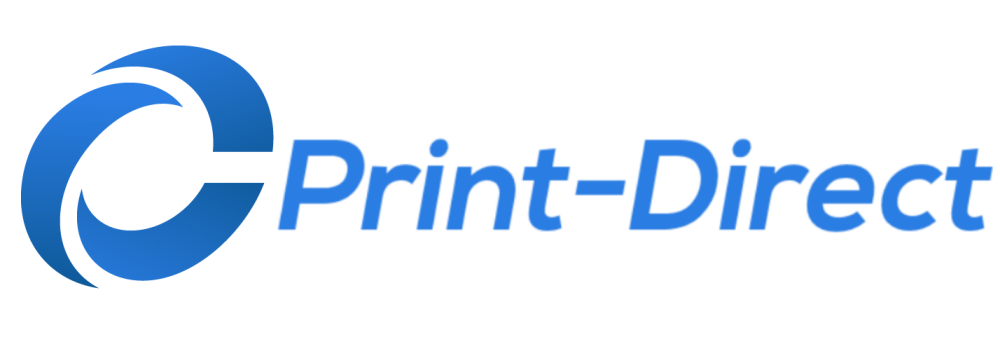



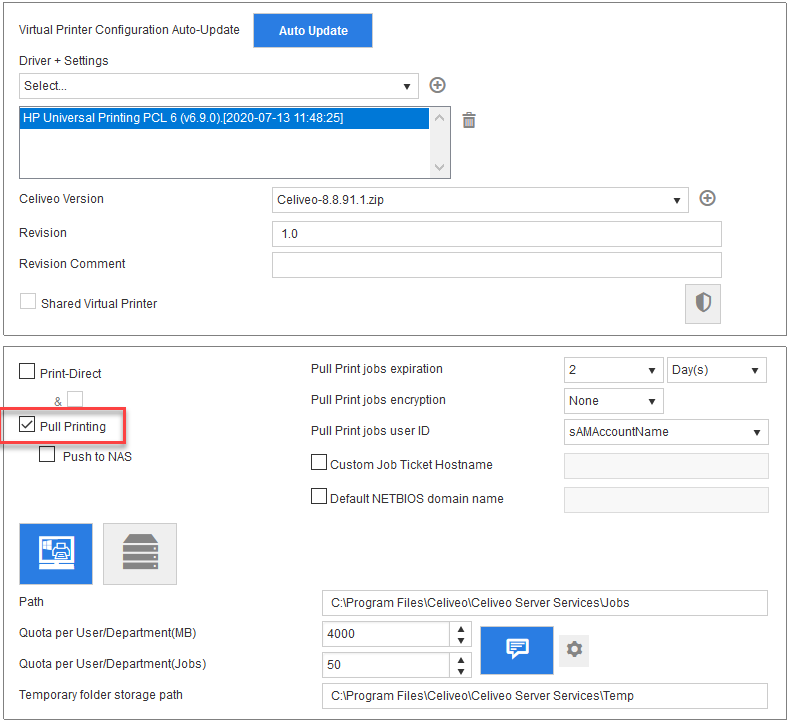
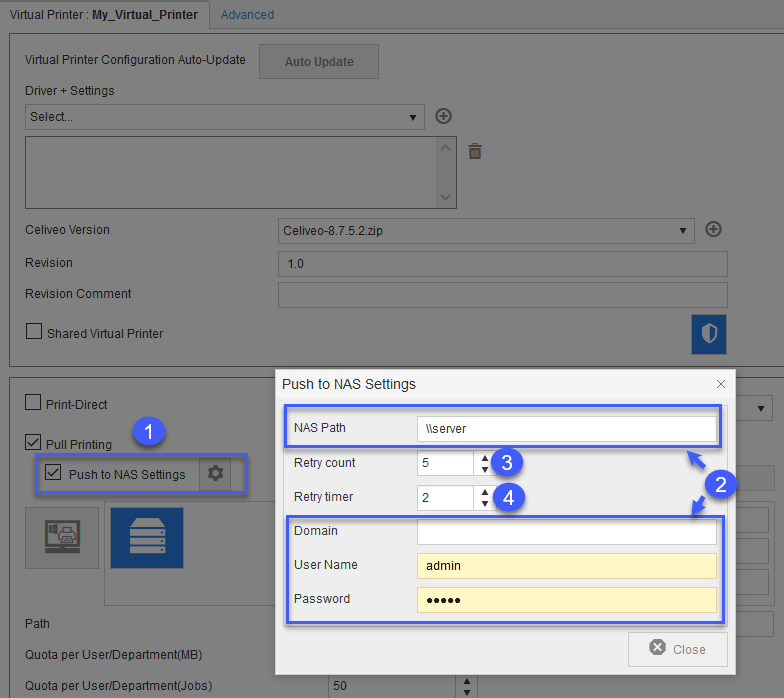

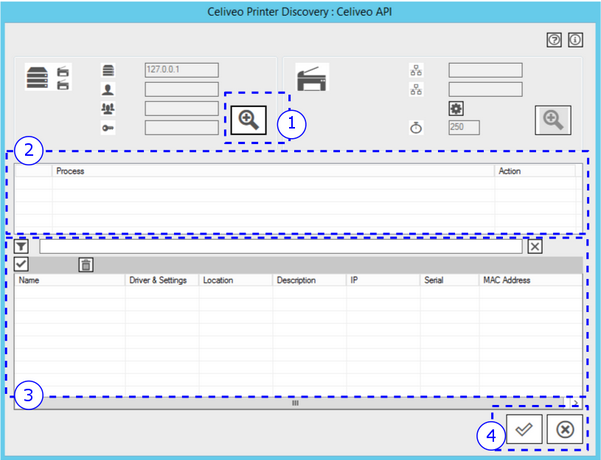
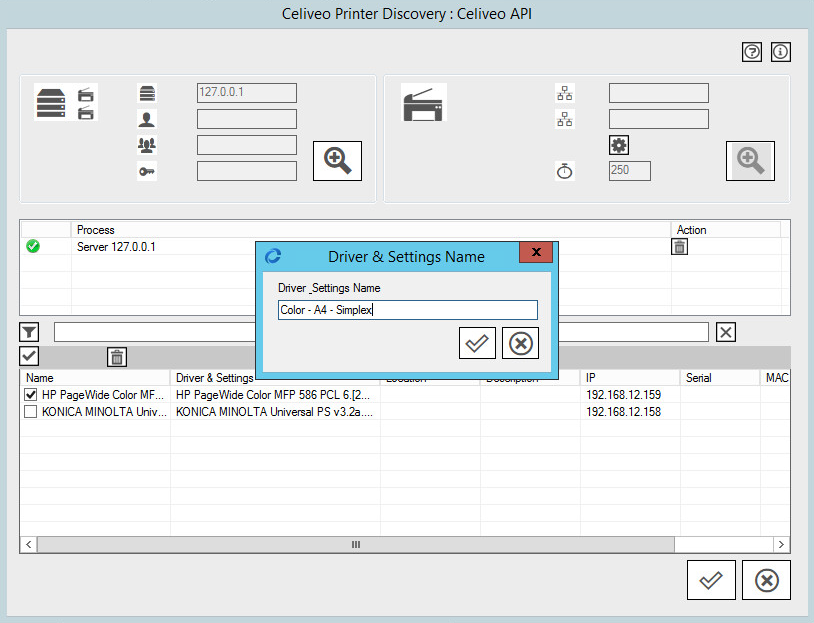
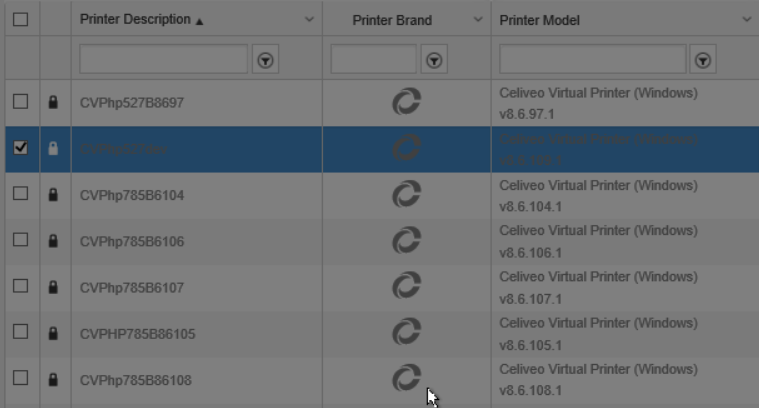
Post your comment on this topic.